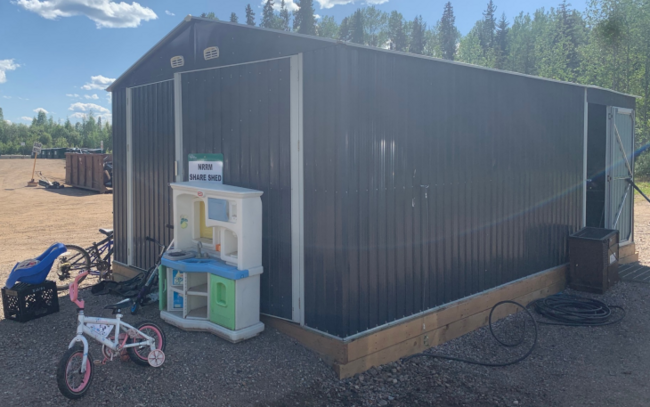- Log in to post comments

Innovation is a key to forward progress. In this two-part series, Urban Impact explores an idea to help communities reduce and reuse. In a recent webinar, Urban Impact participated with the Coast Waste Management Association discussing a fairly new concept in recycling called Share Sheds.
With Zero Waste and Circular Economy on all our minds, a Share Shed may become an important piece to helping solve the complex puzzle of reducing waste and helping limit the number of items sent to landfills.
In concept, a Share Shed is a similar idea to a community lending library – a place where neighbors can deposit their unwanted books and allow others to choose a book for free. A Share Shed is an organized and managed communal area where residents can drop-off unwanted yet usable items and take items for reusing and repurposing. In most cases, items that are deposited and removed from a Share Shed are free.
A Share Shed can be suitable for a variety of communities. Whether it is located in a residential neighborhood or community of residents or even a business park, a Share Shed success is based on a community’s commitment and interest in a cooperative venture to reduce and divert items from landfills.
Given the vast quantity of items created and potentially available for sharing, the viability for a Share Shed to succeed in reducing and reusing valued items need clear guidelines and community ambassadors.
The exchange of goods between community members reduces waste, encourages reuse, encourages community thinking and wellness and helps save money. In part two of our Share Shed series, we will explore an operating model including guidelines and community resources needed for successful launching and operating a Shred Shed.
In part two of our series on Share Sheds, we will explore how tips on how to operationalize a Share Shed.
